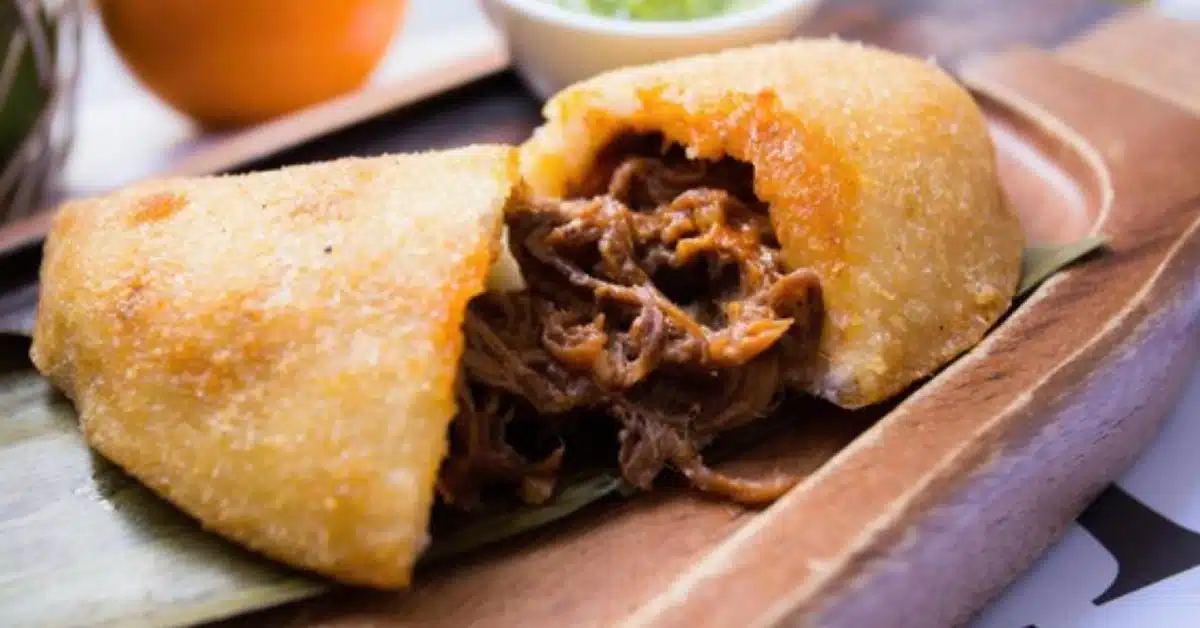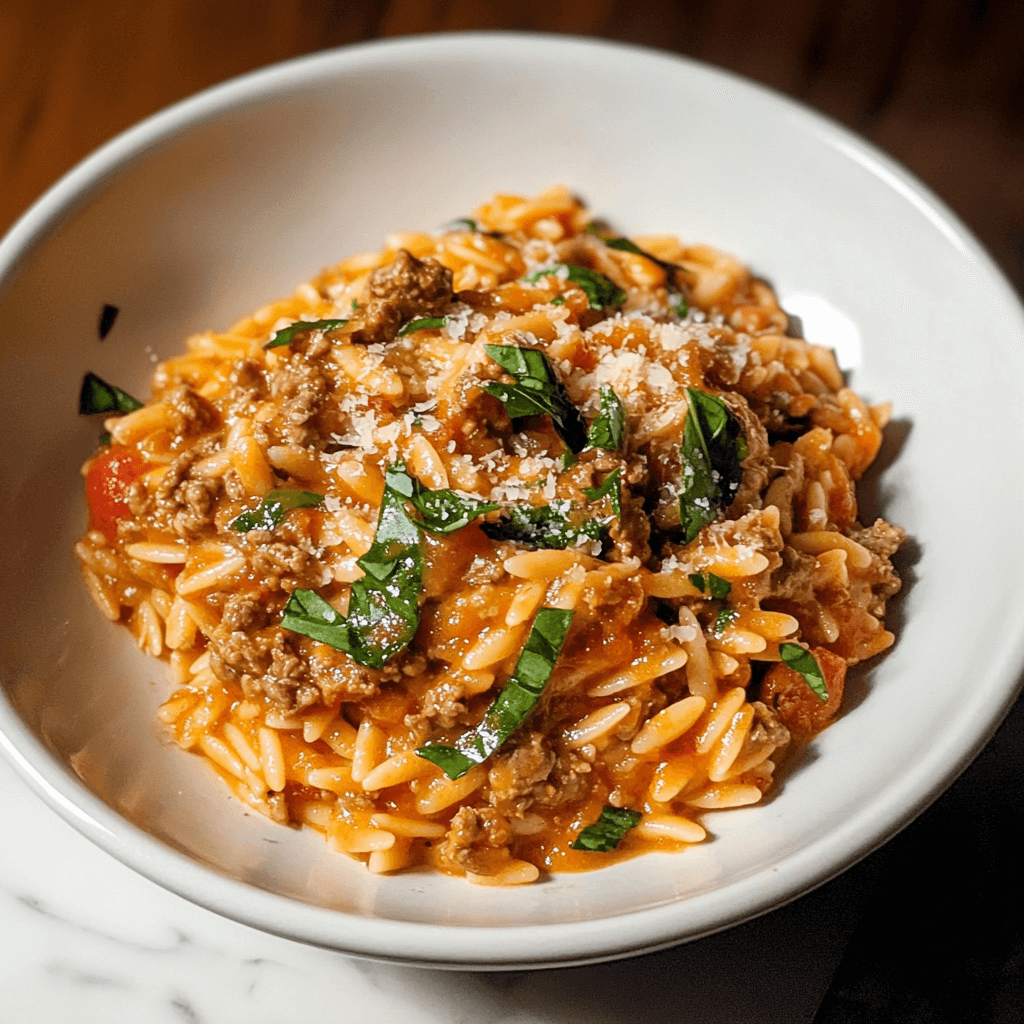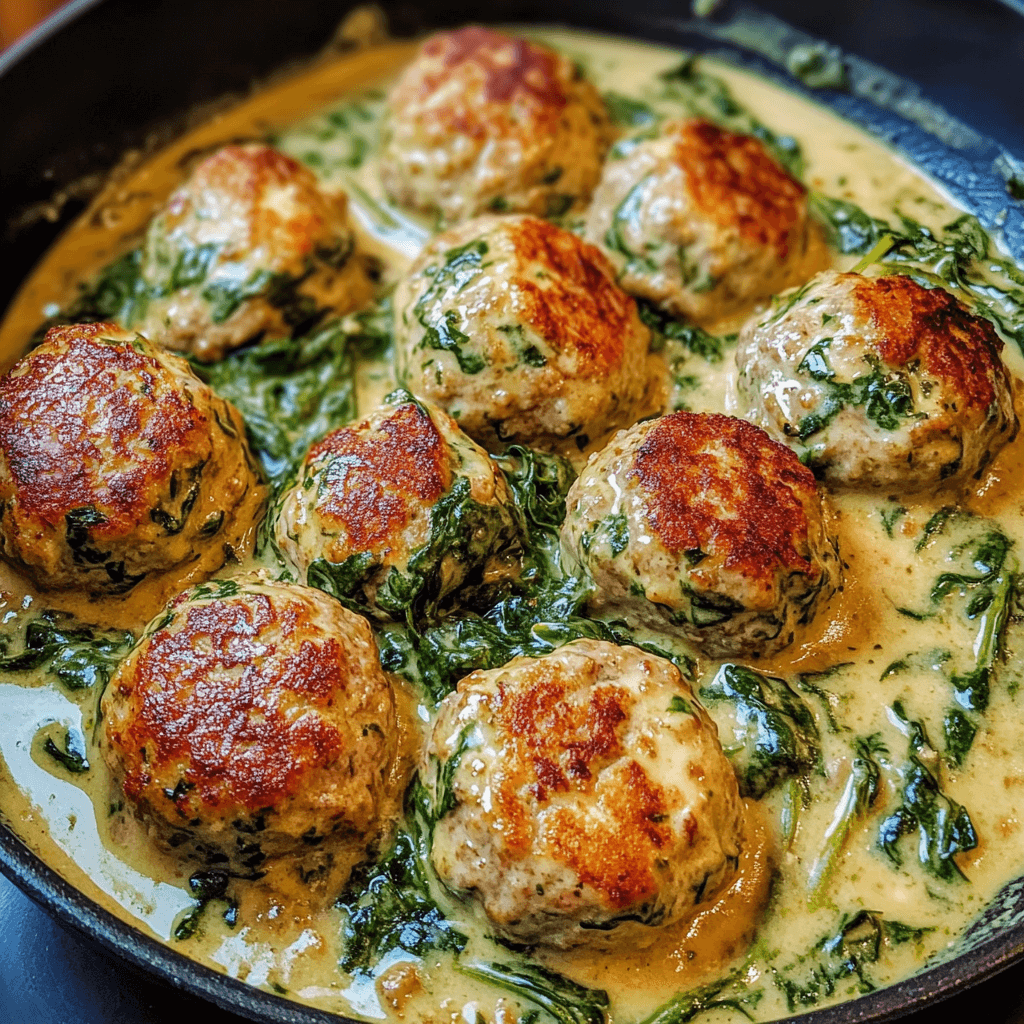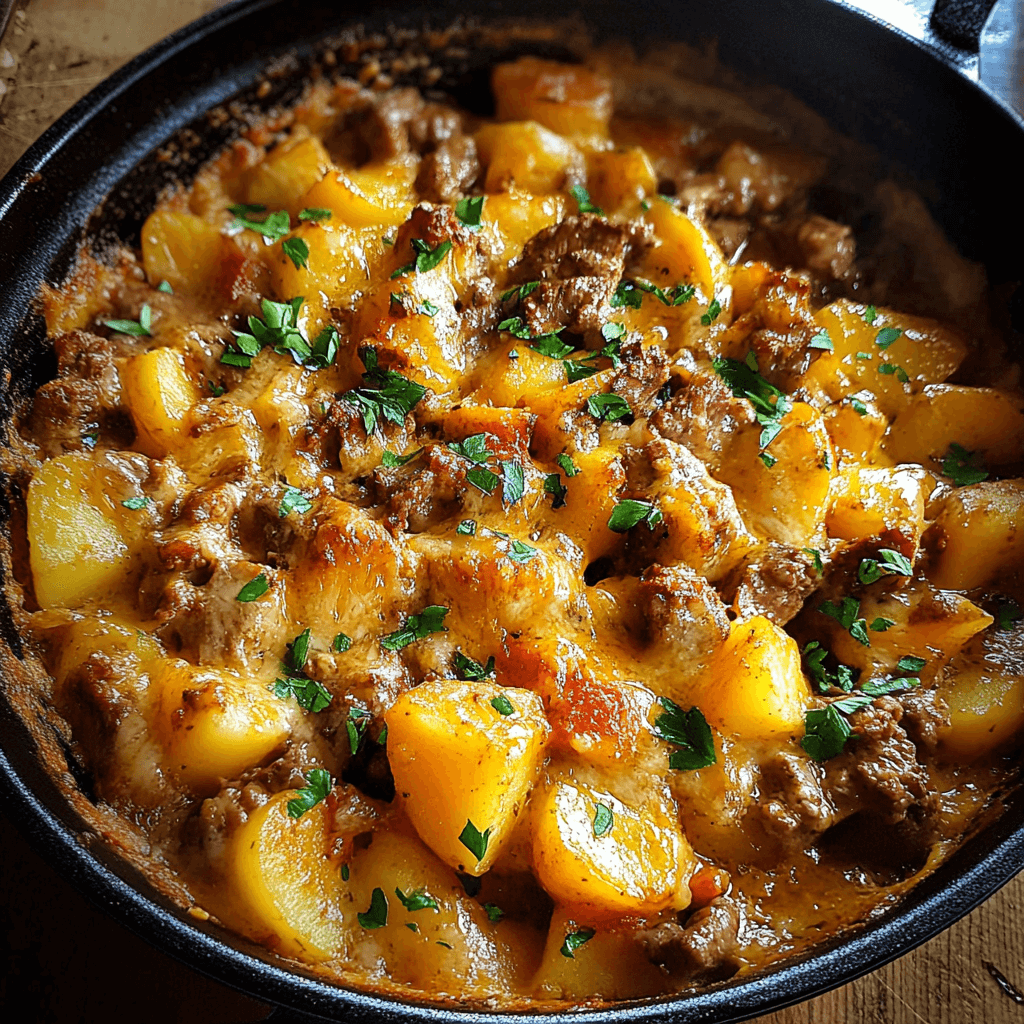Introduction to Hot Pockets and Shelf Life
Do hot pockets expire? Hot Pockets, a popular frozen food item, have become a staple in many households for their convenience and variety of flavors. Understanding the shelf life of such frozen products is crucial for maintaining food safety and quality.
- Popularity: Known for their quick preparation time, Hot Pockets offer a range of flavors catering to different tastes.
- Shelf Life Considerations: Like all frozen foods, Hot Pockets have a shelf life that consumers need to be aware of to ensure they enjoy them at their best quality.
As we delve into the world of Hot Pockets, we’ll explore various aspects of their shelf life, including how to properly store and handle them, signs of spoilage, and the best practices for thawing and reheating. This exploration will provide valuable insights into maintaining the safety and quality of Hot Pockets and other similar frozen foods. For a comprehensive understanding of frozen food shelf life, including products like Hot Pockets, the FDA Guidelines on Freezer Storage offer essential information.
Understanding Expiration Dates
The concept of expiration dates on food packaging, including Hot Pockets, is critical for consumers to understand. These dates are indicators of the product’s expected shelf life and play a key role in ensuring food safety and quality.
- Types of Dates:
- Expiration Date: Indicates the last day the product is expected to be at peak quality.
- Best-By Date: Suggests when the product should be consumed for optimal taste and quality.
- Use-By Date: Often the last recommended date for using the product, based on manufacturer testing.
- Application to Frozen Foods:
- For frozen products like Hot Pockets, these dates assume the item has been stored properly in the freezer.
- Freezing can significantly extend a product’s shelf life, often beyond the printed dates, as long as the food is kept at a consistent temperature.
- Safety Considerations:
- While frozen foods past their expiration date may not necessarily be harmful, their quality and taste might diminish.
- It’s important to understand these dates as guidelines rather than hard rules, especially for frozen items.
Understanding these dates helps in making informed decisions about storing and consuming products like Hot Pockets. For more detailed information on food expiration and safety, the Food Expiration Date Guidelines provide valuable insights. Additionally, the Hot Pockets Official FAQ can answer specific questions regarding their products’ shelf life and handling.
Storage and Handling of Hot Pockets
Proper storage and handling are crucial for extending the shelf life of Hot Pockets and ensuring their quality and safety. Here are some key guidelines to follow:
- Freezer Storage:
- Store Hot Pockets in the freezer immediately after purchase.
- Ensure the freezer temperature is consistently at 0°F (-18°C) or below to prevent spoilage.
- Packaging and Organization:
- Keep Hot Pockets in their original packaging to protect against freezer burn.
- Organize your freezer to allow air circulation and maintain a stable temperature.
- Avoiding Temperature Fluctuations:
- Frequent temperature changes can negatively affect the quality of frozen foods.
- Minimize the time Hot Pockets spend outside the freezer, especially during transport or when choosing what to eat.
- First-In, First-Out Principle:
- Use the oldest products first to ensure you consume them within their optimal shelf life.
- Regularly check and organize your freezer contents to keep track of what needs to be used soon.
Proper storage and handling not only extend the shelf life of Hot Pockets but also maintain their taste and nutritional value. For more information on safe freezer storage, the CDC Tips on Identifying Spoiled Food provide guidelines on how to handle and store frozen products safely. Additionally, understanding the Safe Food Thawing Techniques is crucial for preparing frozen foods like Hot Pockets.
Signs of Spoilage in Frozen Foods
Identifying signs of spoilage in frozen foods, including Hot Pockets, is essential for food safety. While freezing significantly slows down spoilage, it doesn’t make foods immune to it. Here’s what to look out for:
- Ice Crystals and Freezer Burn:
- The presence of ice crystals or freezer burn on Hot Pockets can indicate they have been stored for too long or exposed to air.
- Freezer burn affects texture and flavor but doesn’t necessarily make the food unsafe to eat.
- Changes in Color and Texture:
- Discoloration or changes in texture can be signs of spoilage.
- If the Hot Pockets appear unusually dry, discolored, or have a strange texture, it’s best to discard them.
- Unpleasant Odors:
- Any off-putting or unusual odors when you open the package are a clear indication that the Hot Pockets should not be consumed.
- Spoiled frozen foods can develop a rancid or sour smell.
- Taste Test:
- If the Hot Pockets pass the visual and smell tests, a small taste test can help determine if they’re still good. If the taste is off, do not consume further.
It’s important to recognize these signs of spoilage to avoid foodborne illnesses. While frozen foods like Hot Pockets have a longer shelf life, they are not impervious to spoilage. For more information on identifying spoiled food, the Identifying Spoiled Food page by the CDC offers valuable guidelines. Additionally, the USDA Guidelines on Reheating provide important tips on safely reheating frozen foods.
Thawing and Reheating Hot Pockets
Proper thawing and reheating are crucial for enjoying Hot Pockets at their best while ensuring food safety. Here are the best practices for handling Hot Pockets from freezer to plate:
- Thawing Hot Pockets:
- Generally, Hot Pockets are designed to be cooked directly from frozen and do not require thawing.
- If thawing is necessary, do it in the refrigerator, not at room temperature, to minimize the risk of bacterial growth.
- Reheating Guidelines:
- Follow the cooking instructions on the Hot Pockets package for the best results. Typically, this involves heating them in a microwave or oven.
- Ensure they are heated thoroughly to an internal temperature of 165°F (74°C) to eliminate any potential foodborne bacteria.
- Microwave Cooking:
- When using a microwave, place the Hot Pocket in its crisping sleeve for even cooking.
- Microwave times may vary depending on the wattage, so adjust accordingly.
- Oven or Toaster Oven Reheating:
- For a crispier texture, Hot Pockets can be reheated in an oven or toaster oven.
- Preheat the oven and follow the package instructions for temperature and time settings.
- Avoiding Common Mistakes:
- Do not reheat Hot Pockets in the packaging or plastic wrap.
- Avoid overcooking, as this can make the crust hard and the filling too hot.
Properly thawing and reheating Hot Pockets ensure they are safe to eat and delicious. For additional information on reheating frozen foods, the Safe Food Thawing Techniques provide essential guidelines. Moreover, for creative ways to prepare Hot Pockets, check out Hot Pockets Preparation Tips on Pinterest.
Maximizing Freshness and Quality
To ensure that Hot Pockets maintain their freshness and quality over time, certain storage and handling practices should be followed. These tips can help maximize the enjoyment of this popular frozen food.
- Proper Freezer Storage:
- Store Hot Pockets in the back of the freezer where the temperature is most consistent.
- Keep them in their original packaging to protect against air and moisture, which can lead to freezer burn.
- Avoiding Cross-Contamination:
- Store Hot Pockets away from raw foods to prevent cross-contamination.
- Ensure that your freezer is clean and well-organized to maintain food safety.
- Monitoring Freezer Temperature:
- Regularly check your freezer’s temperature to ensure it remains at 0°F (-18°C) or below.
- A stable temperature is key to preventing spoilage and maintaining the quality of frozen foods.
- Consumption Within Recommended Time:
- While Hot Pockets can be stored for several months, it’s best to consume them within the manufacturer’s recommended time frame for optimal taste and quality.
- Regularly rotate your freezer stock, using older items first.
- Handling During Power Outages:
- In case of a power outage, keep the freezer door closed to maintain the temperature for as long as possible.
- If Hot Pockets have thawed and remained at room temperature for more than two hours, they should be discarded.
By following these practices, you can ensure that your Hot Pockets remain fresh, tasty, and safe to eat. For more tips on maximizing food freshness, the Tips on Maximizing Food Freshness page offers valuable advice. Additionally, understanding the NHS Advice on Frozen Food Safety can provide further guidelines on handling and storing frozen products.
Alternative Tenderizing Methods
While cornstarch is a popular choice for tenderizing meat, exploring alternative methods can provide varied options for different culinary needs and preferences.
- Enzymatic Tenderizers:
- Natural enzymes found in fruits like papaya (papain), pineapple (bromelain), and kiwi (actinidin) can effectively break down meat proteins.
- These are particularly useful for tougher cuts of meat but should be used cautiously to avoid over-tenderizing.
- Marinades with Acidic Ingredients:
- Acidic components in marinades, such as vinegar, lemon juice, or yogurt, can also tenderize meat by breaking down muscle fibers.
- These ingredients add flavor while tenderizing, making them a popular choice for marinades.
- Mechanical Tenderizing:
- Physical methods like pounding with a meat mallet can help tenderize meat by breaking down tough muscle fibers.
- This method is quick and effective but requires care to avoid damaging the meat’s texture.
- Slow Cooking and Braising:
- Cooking meat slowly at low temperatures in a moist environment can tenderize even the toughest cuts.
- This method allows for the breakdown of collagen in the meat, resulting in tender, flavorful dishes.
Exploring these alternative tenderizing methods can enhance culinary skills and provide different ways to achieve tender, flavorful meat. For those interested in healthy cooking techniques, Healthy Cooking Techniques on Pinterest offers a range of ideas. Additionally, the Meat Tenderization Techniques page on Wikipedia provides a comprehensive overview of various methods used in cooking.
FAQs
Addressing frequently asked questions about Hot Pockets can provide clarity on their shelf life, safety, and best practices for consumption. Here are some common queries and their answers:
- How long can Hot Pockets be stored in the freezer?
- Hot Pockets can typically be stored in the freezer for several months. Refer to the best-by date on the package and ensure consistent freezer temperature for optimal shelf life.
- Can you eat Hot Pockets past the expiration date?
- While they may be safe to eat past the expiration date, the quality and taste might diminish. It’s best to consume them before the date for optimal flavor.
- Do Hot Pockets need to be refrigerated?
- Hot Pockets should be stored in the freezer. If they have thawed in the refrigerator, consume them within a day or two for safety.
- Can you refreeze Hot Pockets after they have thawed?
- Refreezing thawed Hot Pockets is not recommended, as it can affect their texture and taste, and potentially lead to food safety issues.
- How do you know if a Hot Pocket is bad?
- Signs of spoilage include ice crystals, freezer burn, off-putting odors, or any visible signs of mold. If in doubt, it’s safer to discard the product.
- Are there any health risks associated with eating expired Hot Pockets?
- Consuming expired Hot Pockets, especially if they show signs of spoilage, can pose health risks such as foodborne illnesses.
These FAQs about Hot Pockets cover essential aspects of their shelf life, storage, and consumption. For more specific information about Hot Pockets, including their shelf life and handling, the Hot Pockets Official FAQ is a valuable resource. Additionally, for a broader understanding of frozen food shelf life, including products like Hot Pockets, the FDA Guidelines on Freezer Storage offer essential information.
Impact of Cornstarch on Cooking Techniques
Cornstarch, a common kitchen staple, significantly impacts various cooking techniques, enhancing both the texture and flavor of dishes. Its versatility extends beyond tenderizing meat, making it a valuable ingredient in numerous culinary applications.
- Thickening Soups and Sauces:
- Cornstarch is often used as a thickening agent in soups, sauces, and gravies. It provides a clear, glossy finish without altering the flavor of the dish.
- Unlike flour, cornstarch gives a smooth texture and doesn’t require long cooking times to eliminate a raw taste.
- Creating Crispy Coatings:
- In frying, cornstarch can be used to create a light, crispy coating on foods. It’s especially popular in Asian cuisine for dishes like tempura and stir-fried meats.
- The starch forms a barrier that helps to seal in juices and prevent the food from becoming greasy.
- Baking Applications:
- Cornstarch is used in baking to soften the harsh proteins of flour, resulting in a tender baked good. It’s a key ingredient in shortbread and other delicate pastries.
- It can also be used as a thickener in pie fillings, providing a clear, thickened sauce without cloudiness.
- Freezing and Reheating Foods:
- Foods thickened with cornstarch tend to freeze and reheat well, maintaining their texture and consistency.
- This property makes cornstarch ideal for preparing dishes in advance and for use in frozen food products.
The impact of cornstarch on cooking techniques showcases its versatility in the culinary world. From thickening sauces to creating the perfect crispy coating, cornstarch is an indispensable ingredient in both home and professional kitchens. For more information on cooking with cornstarch, including recipes and tips, visit Cooking with Cornstarch on Pinterest. Additionally, those interested in the science behind cooking can find valuable insights on the Food Science Insights.









